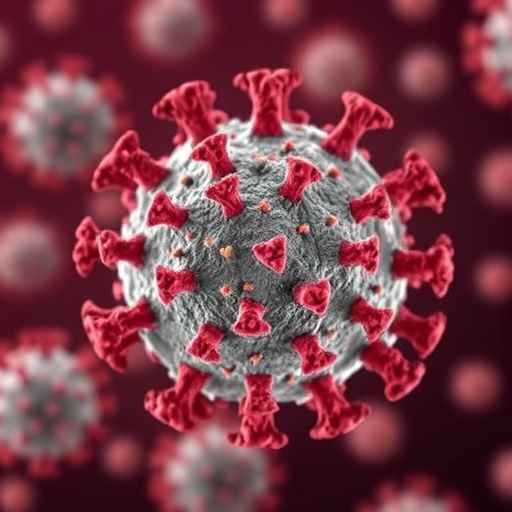The COVID-19 pandemic has significantly disrupted educational systems worldwide, forcing institutions to adapt rapidly to unprecedented challenges. In Pakistan, the impact on dental education serves as a profound example of these shifts. Numerous studies have highlighted the obstacles faced by students and educators alike, as they grapple with remote learning, lack of resources, and an altered landscape of clinical training. This article delves into the various dimensions of these challenges while also exploring the adaptations made in response to this crisis.
One of the primary concerns raised during this period has been the sudden shift to online learning. While digital education has been a growing trend, the transition was not seamless for dental education programs in Pakistan. Many institutions were ill-prepared for such a rapid pivot, lacking the necessary technological infrastructure and training. This sudden change created educational inequities, leaving numerous students without adequate access to reliable internet services or suitable devices to participate in online classes effectively. The ramifications of these disparities continue to raise questions about the long-term feasibility of digital learning in disciplines that require hands-on practice and clinical experience.
Furthermore, the core of dental education revolves around clinical experience, which proved nearly impossible to replicate in a virtual format. The ability to work with real patients is crucial for developing essential skills. However, during lockdowns, clinical practices came to a standstill in many areas, leading to a significant loss in practical training hours. This not only hindered the students’ ability to grasp the intricacies of various dental procedures but also contributed to a growing sense of anxiety about their future careers. The long-term effects of this disruption on the competency and confidence of newly graduated dentists remain uncertain.
In response to these challenges, educational institutions in Pakistan began implementing various adaptations to support their students during this crisis. Online seminars, virtual workshops, and recorded demonstrations emerged as alternative means to deliver crucial content. While these methods cannot entirely substitute for hands-on practice, they provided students with some continuity in their education. Educators became increasingly creative in their approaches, employing innovative tools and learning management systems to facilitate interaction and engagement. Nonetheless, the effectiveness of these strategies varied significantly among different institutions.
Moreover, a renewed emphasis on educational resilience became essential. A focus on mental well-being and support became increasingly necessary, as students faced heightened stress levels due to the uncertainty surrounding their education and future careers. Institutions that prioritized mental health resources and open communication channels fostered a more supportive environment. This holistic approach not only benefited students academically but also helped in nurturing their emotional resilience during such tumultuous times.
As the pandemic unfolded, some institutions began to advocate for clinical training solutions that could be conducted safely. Initiatives such as tele-dentistry emerged, allowing dental professionals to conduct initial consultations and follow-ups through virtual platforms. This not only maintained a level of patient care during the pandemic but also offered students the chance to observe and learn from real-life cases, albeit in a modified capacity. While tele-dentistry is not a complete substitute for in-person examinations, it illustrates an innovative and adaptive approach to overcoming the limitations imposed by COVID-19.
The pandemic also accelerated discussions regarding the importance of integrating technology into dental education more permanently. As institutions reflect on the lessons learned during the crisis, many are likely to continue exploring blended learning models that combine both online and traditional teaching methods. This hybrid approach can enhance accessibility for students while maintaining the necessary practical components of the curriculum. Nonetheless, the implementation of such models requires careful planning, as balancing theoretical knowledge with practical experience will remain a critical challenge in the future.
The desire for policy reform has also gained momentum among educators and students, emphasizing the need for more robust educational frameworks and guidelines tailored to dental education in Pakistan. Stakeholders are beginning to call for comprehensive strategies that ensure preparedness for future crises, including a focus on improving technological infrastructure and enhancing remote learning capabilities. This proactive stance can serve as a model for other regions facing similar challenges in dental education.
Lastly, as the world emerges from the shadows of the pandemic, it becomes crucial to embrace adaptability and resilience as core tenets of dental education. The experiences and adaptations made during this period may redefine how future generations of dental students learn and practice. Stakeholders must unite in fostering an educational ecosystem that values flexibility, technological advancement, and the well-being of both students and educators.
The COVID-19 pandemic has undeniably reshaped the landscape of dental education in Pakistan, highlighting challenges that demand innovative solutions. As educators, students, and institutions navigate this new terrain, a renewed commitment to adaptability will be essential. By embracing change and fostering resilience, the dental education sector can emerge not just stronger, but better equipped to face future challenges, ensuring high-quality education for all aspiring dental professionals.
In conclusion, the impacts of the COVID-19 pandemic on dental education in Pakistan serve as a poignant reminder of the importance of adaptability in the face of challenges. By acknowledging past difficulties and leveraging innovative solutions, educators can pave the way for a more resilient and responsive dental education system. As we look forward, collaboration and dedication among all stakeholders will be vital in defining the future of dental education in Pakistan.
Subject of Research: Impact of the COVID-19 pandemic on dental education in Pakistan
Article Title: Impact of the COVID-19 pandemic on dental education in Pakistan: challenges, adaptations, and future directions
Article References:
Siddiqui, S., Gul, J., Zaidi, S.J.A. et al. Impact of the COVID-19 pandemic on dental education in Pakistan: challenges, adaptations, and future directions.
Discov Educ 4, 310 (2025). https://doi.org/10.1007/s44217-025-00788-w
Image Credits: AI Generated
DOI: 10.1007/s44217-025-00788-w
Keywords: COVID-19, dental education, online learning, clinical training, Pakistan, educational resilience, tele-dentistry, educational reform, technology integration, student well-being




